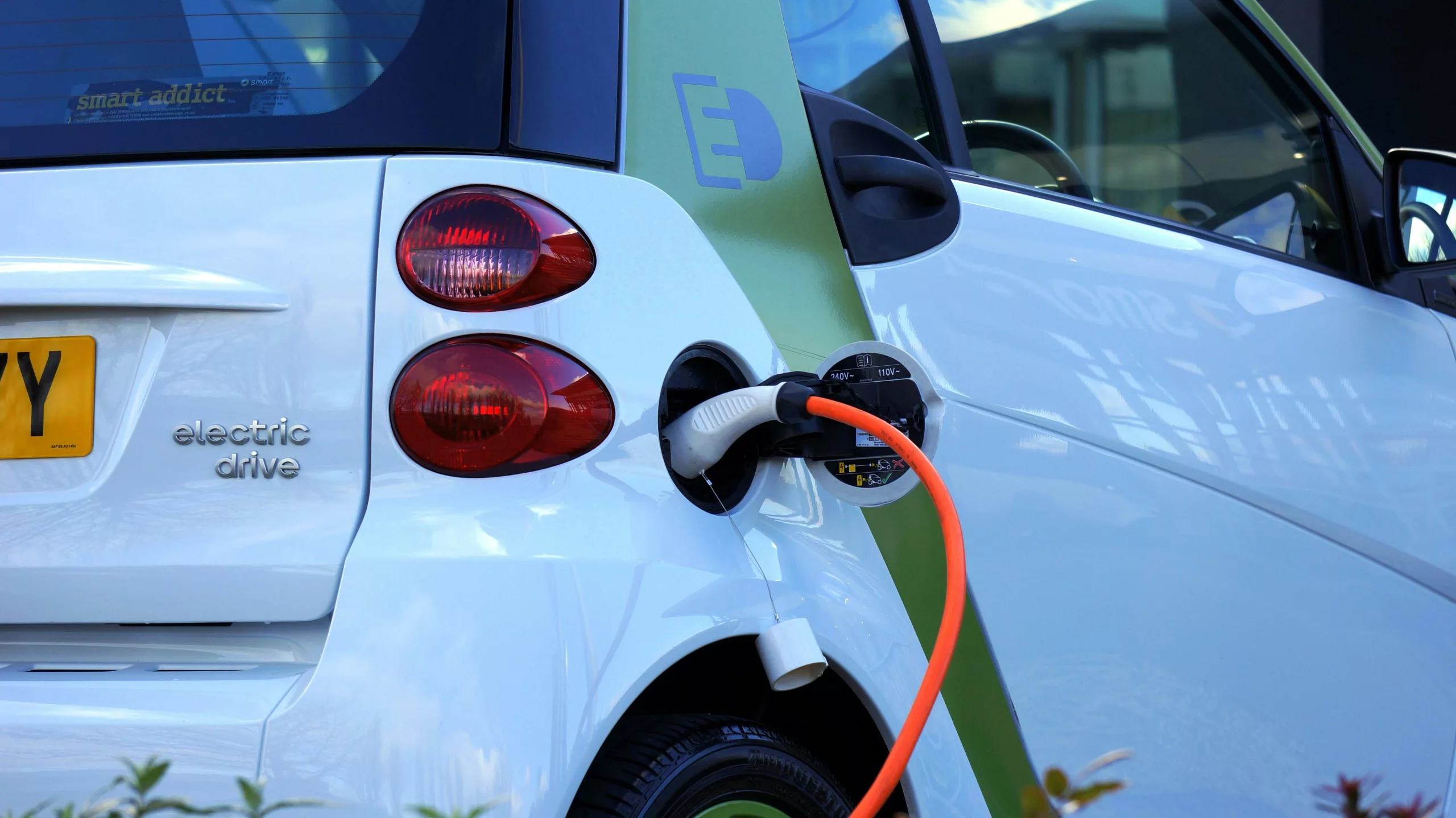The Electric Surge in Norway’s Automobile Market
In a remarkable display of the nation’s shift towards sustainable transportation, Norway’s automotive market reached an all-time high with plugin electric vehicles (EVs) accounting for 93% of overall market share in September. This milestone marked a significant increase from the 89.1% recorded in the same period of the previous year. Interestingly, this growth in market share was due to a decline in combustion vehicle sales, not an increase in EV sales, as the overall auto volume dropped nearly 30% year over year, totaling just 10,342 units. Tesla’s Model Y emerged as the popular choice, dominating September’s sales.
Market Dynamics and EV Achievements
In what could only be described as an electrically charged month, the Norwegian market witnessed an unprecedented surge in EV popularity. A closer look at September’s statistics reveals that battery electric vehicles (BEVs) held an 87.0% share, while plug-in hybrids (PHEVs) contributed another 6.0%. Reflecting a year-over-year comparison, these numbers starkly contrasted with last year’s 77.7% for BEVs and 11.4% for PHEVs. BEVs in particular have cannibalized the market, seizing a 10% increase at the expense of other powertrains, including PHEVs.
As the year-to-date (YTD) figures roll in, the cumulative electric vehicle share has reached an impressive 90.4%, with BEVs alone accounting for 83.4%, outpacing the previous year’s 87.8% (77.8% BEV). Projections suggest a potential rise to at least 91% by year’s end. Despite the overall automotive volume decline of 29.4% year over year, BEVs have shown resilience by only shedding 21% of their volume year over year, amounting to 9,000 units sold.
The economic situation, described as “noticeably tighter” by OFV‘s director Øyvind Solberg Thorsen, has led to consumers delaying new car purchases, which significantly impacted sales volumes across all powertrains, particularly the combustion-only segment. This segment hit a record low with a mere 2.7% share, down from 5.3% the previous year, with petrol and diesel vehicles seeing sales dwindle to 93 and 190 units, respectively.
Spotlight on EV Models and Industry Newcomers
The end-of-quarter rush played in favor of Tesla, with the Model Y claiming the top sales spot by a wide margin, outselling the combined volume of the next six models. Following behind were the Skoda Enyaq and Ford Mach-e, with the latter achieving its highest sales volume since December 2022 and the Toyota BZ4X not far behind.
The report also highlighted noteworthy arrivals in the market. The Fisker Ocean made an impressive entrance with 175 registrations, earning it a top 10 position. Other notable entries included the Smart #1, Xpeng G9, and the BMW i5, which collectively showcase the increasing variety of EV options available to Norwegian consumers. As Norway’s automotive landscape continues to evolve, these new models will play a critical role in the ongoing shift towards electric mobility.
Looking at Tesla’s Performance and the EV Market Outlook
An examination of trends over the past three months confirmed Tesla Model Y’s dominance, yet also pointed to a 39% decrease from the previous quarter. Elsewhere, the Skoda Enyaq and Volkswagen ID.4 have maintained relatively stable sales volumes. The Toyota BZ4X has seen a significant boost since the previous quarter, suggesting a growing popularity for the model.
The MG4 continues to climb the ranking despite a general decline in the auto market, and the Citroen e-C4 has returned to the top 20, bolstered by its updated features and acclaimed ride comfort. Interestingly, while sedans typically struggle in the Norwegian market, the BMW i4 has established its presence, indicating that there remains a niche for high-quality, well-balanced vehicles like its sibling, the BMW i5.
The report also touched on the economic headwinds faced by Norway, including stagnant GDP growth, inflation at 4.8%, and rising interest rates, which collectively have put a damper on consumer spending. As a result, vehicle owners are postponing new purchases, slowing down the pace of Norway’s automotive fleet transition despite the strong preference for electric vehicles among those who do choose to buy.
Engage with the EV Revolution
The shift towards electrification in Norway’s automotive sector has been both groundbreaking and instructional, with the country standing as a global example in the transition away from fossil fuel dependency. This progress invites discussion and contemplation on the future of transportation and the economic variables that influence consumer behavior. Your opinions and thoughts on Norway’s journey towards a fully electrified vehicle market are invaluable — join the conversation and share your perspective.
